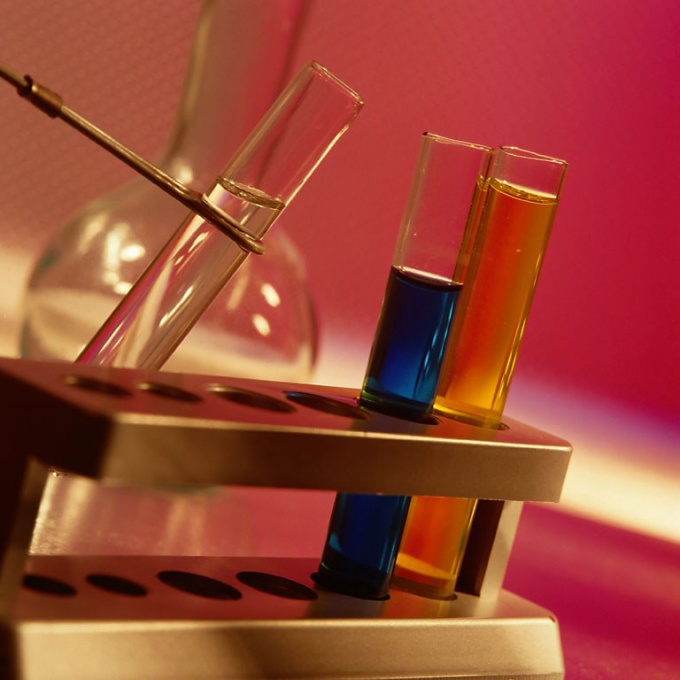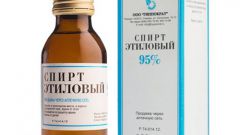Instruction
1
Methanol is a colorless, odor and taste not unlike ethanol. However, qualitatively, these substances vary considerably. In this regard, and for the majority of poisonings. If the test solution contains only one alcohol, to determine what, not working. But if you can see a mixture of alcohols or alcohol with impurities, to know the qualitative and quantitative content is possible only in laboratory conditions.
For determination of certain alcohols (ethanol, glycerol) there is a positive reaction – iodoform test. It is performed very first to confirm or exclude the content of ethanol in methanol. The result of the sample precipitate of bright yellow crystals triiodomethane (iodoform). Methanol this reaction does not.
C₂H₅OH + J₂ + NaOH = CHJ₃↓ + NaJ + HCOONa + H₂O
For determination of certain alcohols (ethanol, glycerol) there is a positive reaction – iodoform test. It is performed very first to confirm or exclude the content of ethanol in methanol. The result of the sample precipitate of bright yellow crystals triiodomethane (iodoform). Methanol this reaction does not.
C₂H₅OH + J₂ + NaOH = CHJ₃↓ + NaJ + HCOONa + H₂O
2
A qualitative reaction for methyl alcohol is based on its transformation into methyl aldehyde (formaldehyde). Pour the solution into a test tube with vapor tube, add potassium permanganate in presence of sulphuric acid. In the result of distillation to form formaldehyde, which can act in different reagents. The Schiff gives a strong violet staining hronotroponoe acid – violet color of the solution, potassium hexacyanoferrate – blue-violet staining reagent Felling – black precipitate. These reactions are certifying on methanol.
3
At home research can be conducted by using a copper wire. Glow over a flame and immerse in the test solution. If it contained methanol, it will be the smell of formalin - the sharp and very unpleasant. With ethanol, this effect will be.
Quantitative determination of the content of methanol is carried out in the laboratory by titrimetric methods and by gas-liquid chromatography.
Quantitative determination of the content of methanol is carried out in the laboratory by titrimetric methods and by gas-liquid chromatography.




